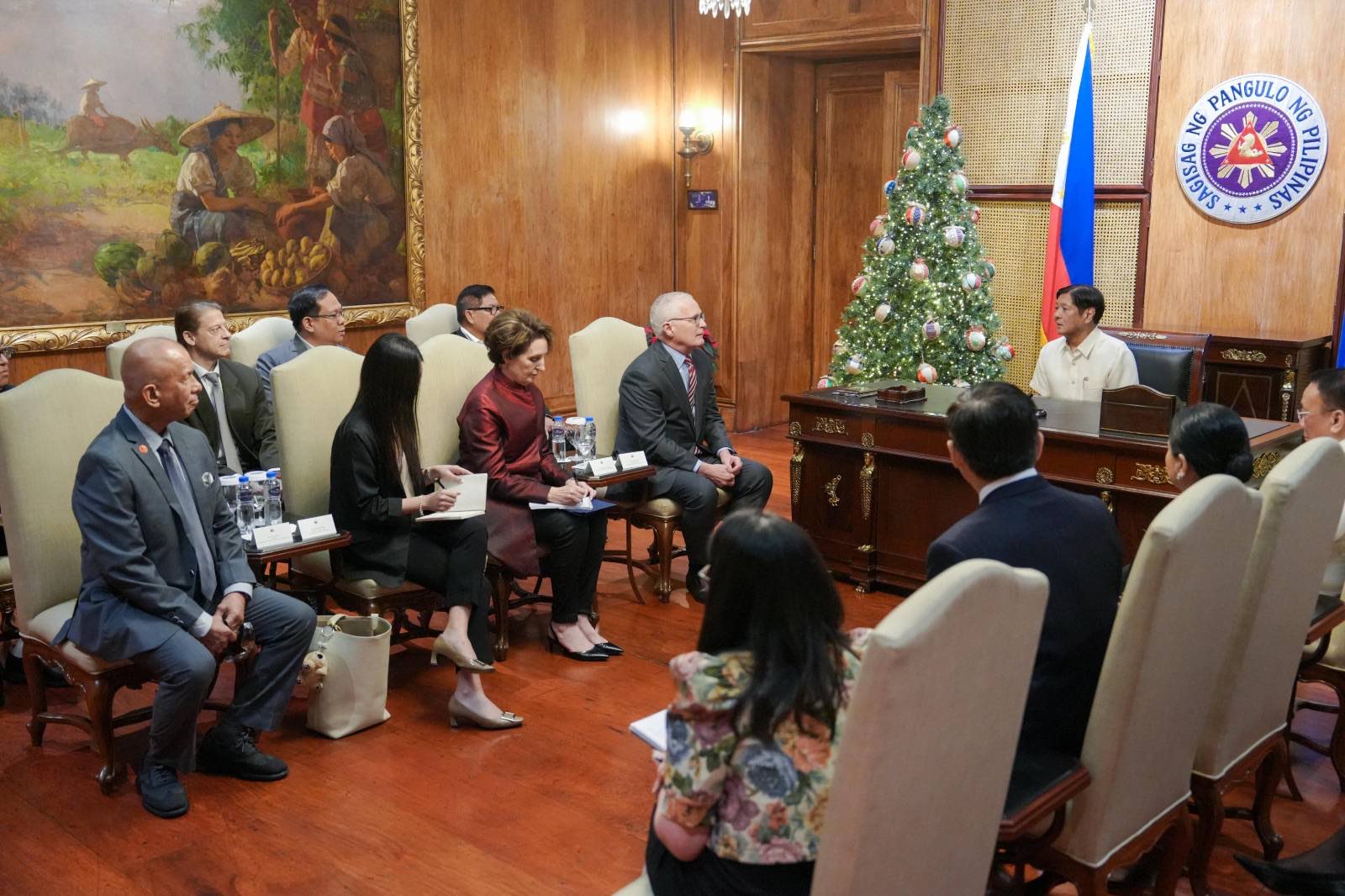
President Ferdinand R. Marcos Jr. underscored the importance of the Philippines-US relationship in further developing the semiconductor industry, particularly in workforce training and technology transfer.
During the courtesy call in Malacañang of the US Semiconductor Industry Association (SIA) led by its President and CEO John Neuffer, the President highlighted the continued collaboration between the Philippines and the US to ensure the country will play a key role in the future of global technology.
“We have the experience. We already have so many of the players in the country who are already doing the manufacturing and perhaps it’s just a question of developing it further. And in fact, the way technology goes is not something that you have a choice of, you just have to keep up,” President Marcos said during the meeting on Monday.
“We have all kinds of issues when it comes to digital space, when it comes to planning our semiconductor industry. They are new and we’re trying to wrestle with how to deal with them. Unfortunately, geopolitics have become more important,” he said.
The President praised Neuffer and the SIA for their active role in keeping their member companies, which comprise 80 percent of global chip manufacturing, actively engaged with the Philippines.
For his part, Neuffer noted the initiatives of the US government in securing the continuous supply of semiconductors, particularly in the American tech industry.
“The State Department is spending US$500 million for five years mostly on helping our friends and partners like the Philippines develop talent,” Neuffer said, mentioning the participation of the Arizona State University in the program.
“The participation of your government has been very rich… you’re taking it very seriously and we really appreciate it,” he said.
Last year, the Philippines’ biggest exports to the US were semiconductors and integrated circuits amounting to US$3.1 billion, or 23.3 percent of its total exports to the North American country. | PND

